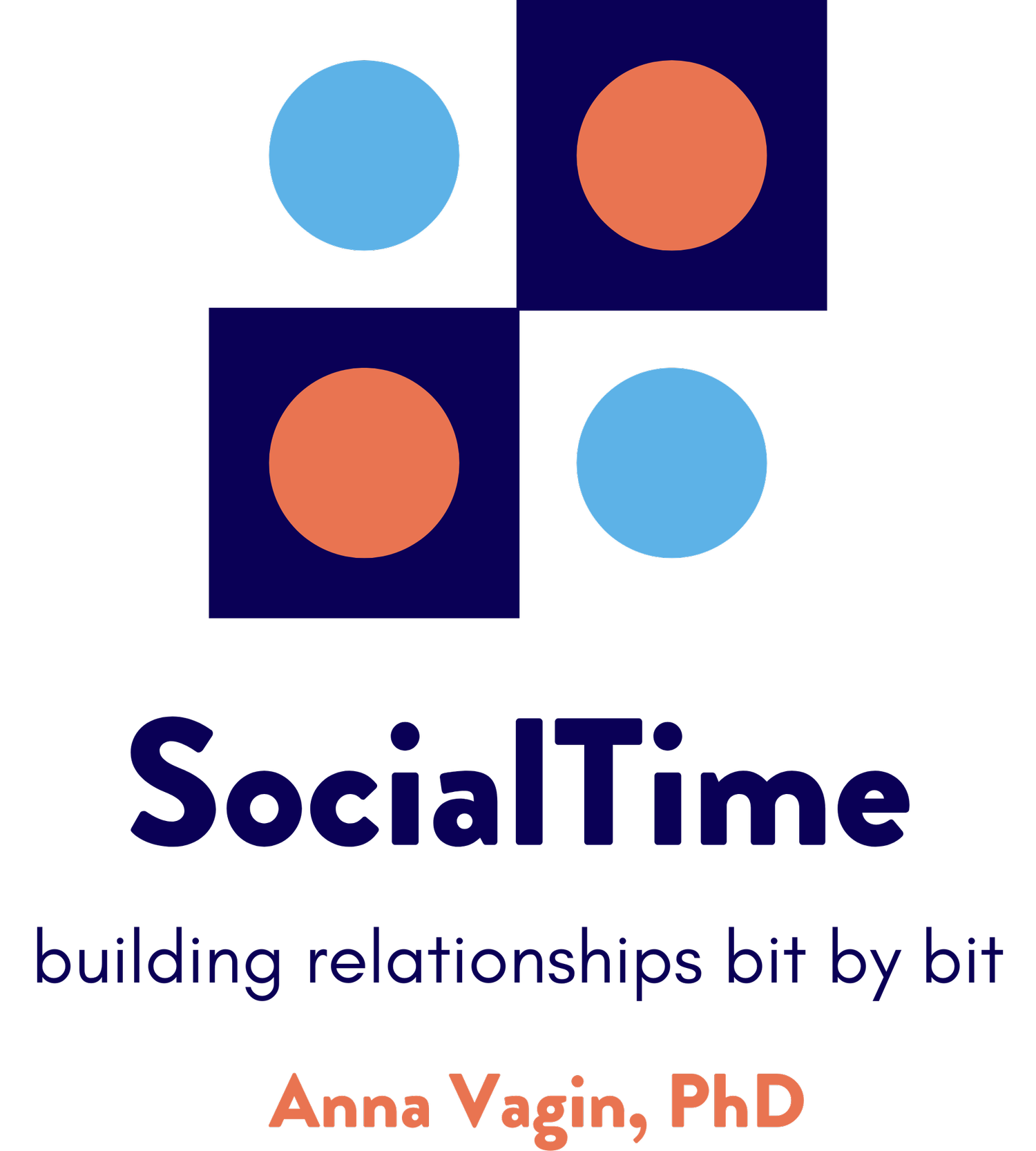Conversations – encounters that shape our lives.
My Dad – the essence of good cheer, love & patience
(Dec 1922-March 2015) ❤
Two people at a bus stop laughing over a movie they’ve both seen. A circle of friends sharing memories while gathered around a table sharing a special meal. Three students at recess negotiating those ever-changing rules of 4-square. So often, where we see people together, we hear or see conversation. It happens as we stand, sit, move, dance, or just lounge. It happens at all hours and in so many different places. As Martin Buber reminds us, “All actual life is encounter.”
With all these conversations swirling around us, what are we supposed to do when, as speech-language pathologists, we are asked to “evaluate conversation” and give our “professional opinion?” Not so easy, since what makes conversations so organic, spontaneous, and valuable also make it annoyingly difficult to assess! And then there’s always writing those goals (more about that in April!)
While we can collect info and scores from various language subtests that may look at parts of conversation, so many others aren’t included – in fact, can’t really be explored via norms. Think about eye contact (so variable!) or gestures. How about those micro-expressions of emotion, or intonation patterns? And as I’ve written before, those mental state verbs influence conversational competence. As do factors such as anxiety levels, confidence, attention, processing speed, neurodiversity, and so much more. It seems the more we think about conversation, the more we find a variety of components that influence competence.
When I think about a student, I consider convergent findings – what consistencies have observers (teachers, parents, aides, myself) noticed? Where is there agreement? What strengths does this student demonstrate in most, if not all situations? What differences? What areas do most people (including the student and their family) agree would be important on which to focus? What situations bring out conversational competence? Let’s use those as starting points. What supports (like visuals!) result in most success? Let’s be sure to include those as we mediate more learning. Are there people with whom the student engages more easily? Let’s perhaps push for more complexity with those conversational partners. Do any particular aspects of conversation (like entering conversations, or asking to follow up questions) seem to be consistently challenging? Let’s gently expand those skills.
Convergent findings often reflect patterns, and patterns give us lots of important information (I talked about conversational patterns in my last blog.) But we can’t forget to consider information and findings that are divergent. In fact, exploring divergent observations often yields the most interesting and helpful hypotheses. Where are the inconsistencies? Why might one person have quite a different impression of a student’s conversational competence than another individual?
Perhaps the student we are thinking about is relatively strong in small, person-to-person conversations but struggles when there are more participants? Let’s think carefully about how we plan the size of their group. Does conversational engagement (and perhaps even competence) vary according to the topic being discussed? Some foundation work in the social reasons for balancing conversations and being curious about what we don’t know much about may be helpful. Does the student’s humor work well with peers, but not so much for the science teacher during class? Hmmm – maybe some talk about unexpected behavior, managing impulsivity, and the concept of filters might smooth things out a bit. Divergent findings certainly give us an opportunity to do some thinking and sleuthing!
As we move toward the end of the school year, upcoming IEP meetings may begin to loom large! And with that come lots of questions about conversation. What are your ideas? How do you look at conversation in the students with whom you work? What have you learned that you can share with the rest of us? Dash me a quick email, and I will share in the next blog. It may not be a classic conversation – more like an email encounter…but it’s the sharing of ideas that counts!
Before I end, just a quick shout out to my wonderful Dad! He struggled with polio all his life, and it is from him that I learned the phrase “Потихонько” (po-tea-hon-ku.) It means “bit by bit,” which reflected how my Dad believed one could accomplish anything. This phrase has always stuck with me and can be found on my website and logo. I find it to be such a helpful mantra in my work. Perhaps you will as well! Papa, I love you and miss you terribly.
Hoping you are welcoming and enjoying those first glimmers of Spring,


